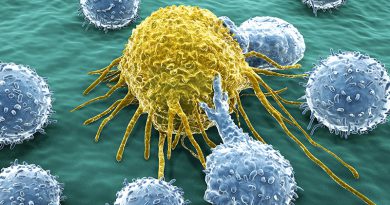A target to heal tiny lungs
Published on June 15th, 2017 by Diana Duren.
Bronchopulmonary dysplasia (BPD)—a form of chronic lung disease—is a common complication of preterm birth and results from airway injury during a certain stage of lung development.
Jennifer Sucre, MD, and colleagues hypothesized that a signaling pathway active during lung development—the Wnt/beta-catenin pathway—may play a role in the pathophysiology of BPD. The researchers found a marker of active Wnt signaling, nuclear phosphorylated beta-catenin, in fetal and preterm BPD lung tissue, but not in lung tissue from full-term infants.
Using a 3D human organoid model they developed, the investigators demonstrated that oxygen conditions that cause BPD-related cellular changes resulted in increased levels of nuclear phosphorylated beta-catenin. They found that inhibitors of the phosphorylation blocked the nuclear localization of beta-catenin and the BPD-related cellular changes.
The findings, reported in the February American Journal of Physiology – Lung Cellular and Molecular Physiology, support a role for Wnt/beta-catenin signaling in BPD and suggest that beta-catenin may be a relevant therapeutic target for this disease.
This research was supported by grants from the National
Institutes of Health (HD087023, GM114259, GM108087). Jennifer Sucre received a Clinical Fellowship Training Grant from the Eli and Edythe Broad Center of Regenerative Medicine at UCLA, and the California Institute of Regenerative Medicine provided additional support.
– by Leigh MacMillan

